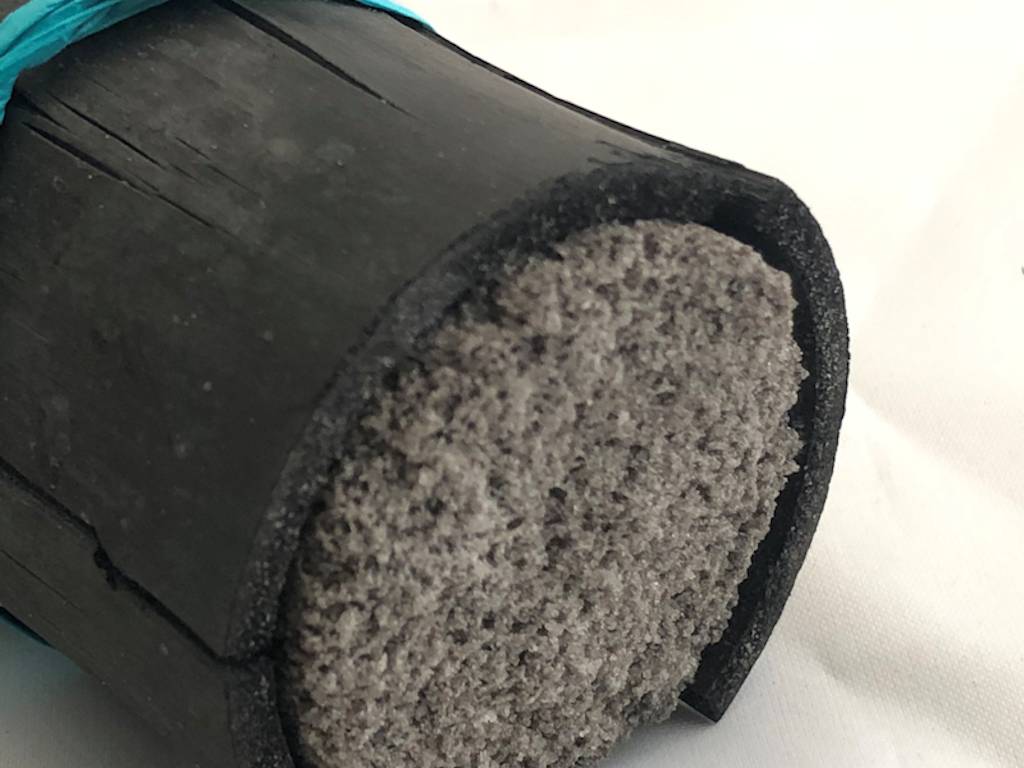
Koreans have used bamboo salt for cooking and traditional medicine for hundreds of years. It is produced by stuffing sea salt into bamboo and roasting it at a high heat. The idea is to infuse the salt with bamboo minerals while also removing any contaminants. However, when compared to other types of salt, the price difference is significant.
The price of nine-times-roasted bamboo salt, sometimes known as "purple bamboo salt," can be more than ten times that of pink Himalayan salt. The labour-intensive method accounts for the majority of the expense. Every step is completed by hand.
Why Bamboo Salt is so costly:
Imagine paying approximately $100 (around Rs 7428) for just 250 grams of salt. No wonder most of us think this is an extravagant affair, but this is how the world's most expensive salt is priced, and its ever-increasing demand will undoubtedly surprise you!
Bamboo salt, also known as Purple salt, has long been a part of Korean culture, and Koreans swear by it.
Why are Koreans are so devoted to Purple Bamboo salt:
Bamboo salt has been a prominent element of Korean culinary culture for centuries, and its healing powers have been used in traditional Korean medicine. No wonder why this salt so pricey and different from other salt varieties around the world.
What is the process of making Bamboo Salt?
Bamboo salt is made by filling a bamboo casing with sea salt and roasting it at a very high temperature. The process of roasting the bamboo helps to reinforce the salt with the minerals found in bamboo; this infusion results in a color shift after multiple roastings and eventually develops into a solid rock-shaped salt that is broken, crushed, and packaged.
The time-consuming procedure:
What makes this salt so expensive is the labour-intensive procedure, which involves doing most of the work by hand, from filling sea salt into bamboo cases to breaking and smashing rock solid salt. The premium purple salt, in fact, is made by roasting it nine times at a high temperature. From the time the bamboo barrels are stuffed to the time the salt is melted nine times, the procedure takes roughly 40-45 days to complete.
The bamboo barrels are baked or roasted at a temperature of over 800 degrees Celsius, which burns the bamboo case and leaves only a column of salt. These are combined, and the final roasting process is the hottest at around 1,000 degrees Celsius, which is fired in a special kiln and operated by an expert. This converts the salt into a massive solid rock, which is then physically broken, crushed, and made appropriate for consumption before being packed. The fact that everything is done by hand is what makes this salt so expensive.
Bottom Line:
Bamboo salt is thought to help with digestion, oral health, and skin care, as well as having anti-inflammatory and anti-cancer characteristics.
Bamboo salt, compared to conventional sea salt, has a mineral dense composition and is high in iron, potassium, and calcium, which helps to improve immunity and metabolism, according to studies. Apart from the labour-intensive procedure and fortification of salt with bamboo minerals, it is thought that the health advantages linked with this salt contribute to its high price.
















